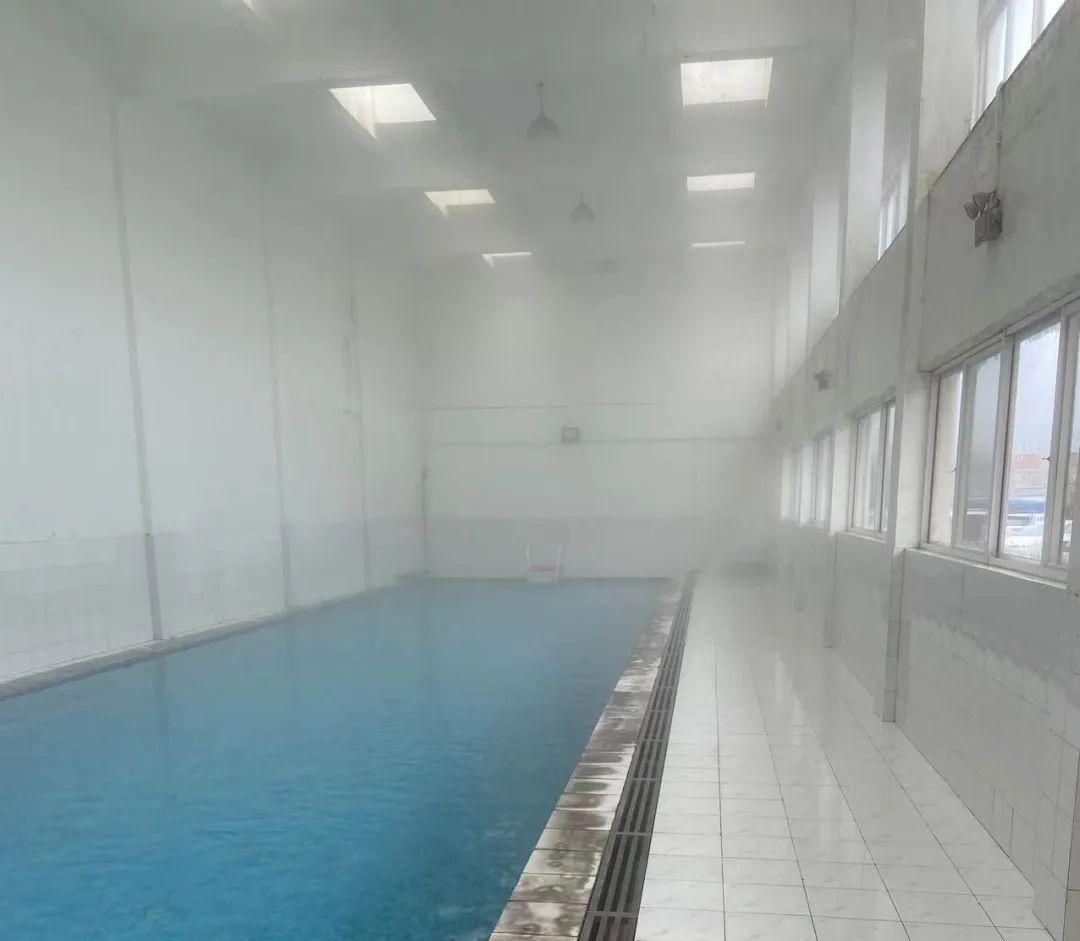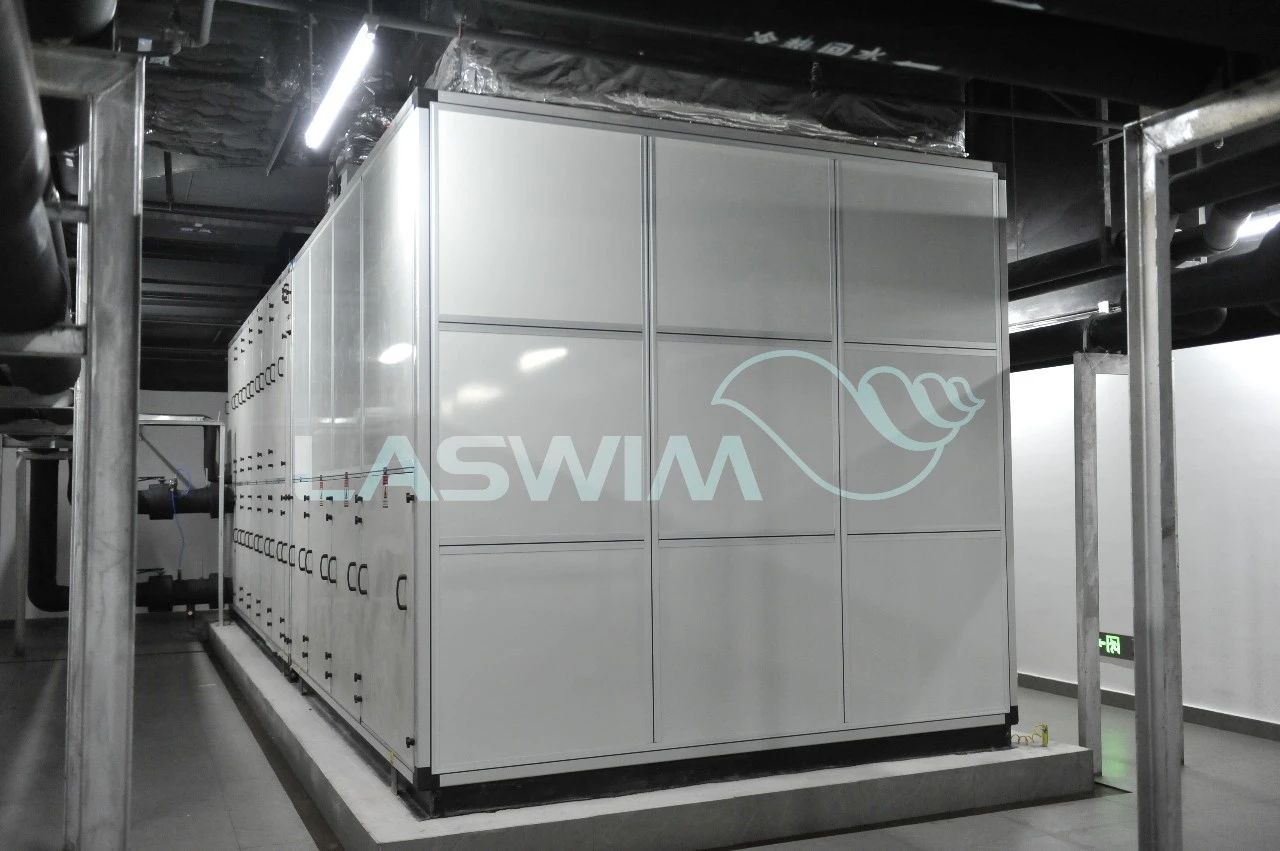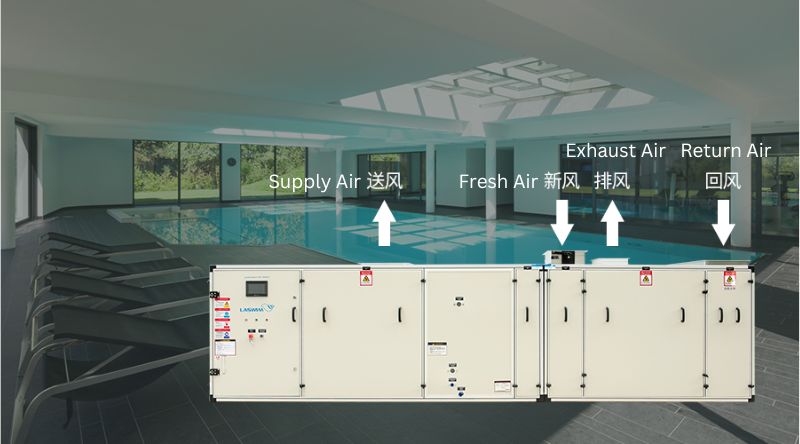Indoor pool environments are crucial for assessing service quality and management. Pool owner must address these issues to ensure a comfortable, healthy, and safe environment for swimmers.

Main Issue: Heat Loss
Indoor pools face significant heat loss, leading to high running costs. It’s essential to analyze where the heat goes: surface evaporation, pool wall conduction, or heating new water?
Evaporation Loss
Research shows over 80% of heat loss is due to evaporation. Each kilogram of evaporated water loses 2260 kJ of heat. Daily water replenishment, typically 5-10% of total volume, indicates evaporation rates. This evaporation increases indoor humidity, raising energy costs for heating pool water.
Humidity Challenges
High humidity accelerates bacteria and virus growth, posing health risks. Moist air affects visibility and corrodes materials, especially in winter, leading to condensation risks like equipment short circuits.

Humidity Control
Maintain indoor pool humidity at 60-70%. Due to high evaporation, a dehumidification heat pump system is necessary. Proper duct placement in the pool hall is crucial.

Laswim multifunctional heat pump room diagram
Multifunctional Dehumidification Heat Pumps
These systems recover humid air, rapidly cooling it in the evaporator to condense water, improving comfort. Heat is transferred to the refrigerant, which can warm pool water or reheat dry air before mixing with fresh air and recirculating indoors.

Air Circulation
Indoor pools require 4-6 air exchanges per hour. Proper airflow ensures even temperature and humidity, preventing condensation. Air ducts should avoid blowing directly on the pool surface to minimize evaporation.
Strategic Vent Placement
Place vents near walls, windows, or skylights prone to condensation. Return vents should be near the water surface to ensure humid air returns to the heat pump system.
Effective water treatment and disinfection, along with ventilation management, are essential for maintaining a clean and fresh indoor pool environment.

